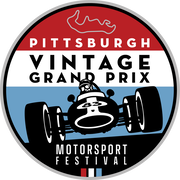|
by Bernard Martin PITTSBURGH, PA - Joining us this summer at the Cortile is Ivan Ruiz, The Car Nut, who will be speaking during our Saturday Luncheon about the history of Maserati. I met Ivan several years ago but didn't truly get a full understanding of the depth and breadth of his knowledge until he was conducting a tour at the Hilton Head Concours d' Elegance of some iconic Italian cars. Ivan will be flying in to join us from Sweden where he is doing a presentation at the 40th anniversary of the Maserati International Rally. Ivan has been collecting, restoring, and selling vintage European cars for over 35 years. His initial interest was the Jaguar e-types, of which he’s owned over 100 over the years and later Italian cars, mainly Maseratis. His first Maserati was a 1965 Sebring which was a barn find and he restored the car himself, including the paint. Ivan graduated as an Electrical Engineer from Cornell University and then spent 30 years working at IBM. He used his IT skills to create www.thecarnut.com, a website which caters primarily to Maserati owners and restorers looking for photos and documents for these cars. Over the years he scanned many sales brochures, owner’s manuals and technical documents have been scanned and are now available on his website. Ivan is a frequent attendee and judge at many Concours D’Elegance where his cars are driven and not trailered. “A car stops being a car when it is trailered from one place to another”. He feels that if his car cannot be driven to an event, the car does not deserve to attend. “My wife and I enjoy taking our cars on long drives, of course you are never quite sure if it will make it, but that is part of the excitement!” "Classic cars are more than just about a nice automobile; it is also a lifestyle. Car people tend to be very friendly, and we enjoy the social aspects of the hobby just as much as the driving." Ivan's collecting and restoring vintage cars has led to ownership over the years of an Iso Grifo, Alfa Montreal, Alfa Sprint Speciale, Lancia Aurelia, Lancia Flaminia Touring spider, Ghia 450SS, Fiat Dino, Maserati Vignale spyder prototype, Citroen SM, and many others. Ivan's focus is on Italian and British cars from the 1950's through the 1970's. Ivan particularly specializes in Maseratis and Jaguar e-types but he enjoys trying different cars. Check out his website to see the cars he currently owns and make sure to also click on "personal cars" page while you are there. Be sure to register for this summers Cortile where we honor Maserati as our 2022 Proietorre Macchina
0 Comments
On March 6 2020, Managing Director of the Cortile, Bernard Martin took a tour of John & Suzanne Campion's Collection of Lancia race cars. Prior to the pandemic the Macchina of Lancia had been selected as our 2020 Proiettore Macchina but with the cancellation of the 2020 events we have now moved our celebration to 2021. Six of the eight stunning cars in our video have been offered for sale through London’s Girardo & Co for sale. John Campion is creating an Irish Race team. But more about that in the video. As you watch, you'll quickly realize that these aren’t just any Lancia race cars, they’re some of THE MOST significant Lancia race cars. Bernie met with Ben Kruidbos of CJJ Motorsports in between the Porsche Werks Reunion Tours that where happening during this years Amelia Island Concours d'Elegance. Little did anyone who attended the Concours suspect that this kick off of the automotive car season would also probably mark the end of the 2020 automotive events. Here's the list of cars that covered in our interview below.
Understanding The Race Groups Sometimes there is some confusion around what the various racing groups mean and what cars are in them. Rightly so. The definition of which cars fit in which group can change over time, and often do! In addition to that, Groups can come and go only to return at a later time. Below is a qucik summary of the groups that are mentioned in the video. Group V Group 5 was an FIA motor racing classification which was applied to four distinct categories during the years 1966 to 1982. Initially Group 5 regulations defined a Special Touring Car category and from 1970 to 1971 the classification was applied to limited production Sports Cars restricted to 5 litre engine capacity. The Group 5 Sports Car category was redefined in 1972 to exclude the minimum production requirement and limit engine capacity to 3 litres. From 1976 to 1982 Group 5 was for Special Production Cars, a liberal silhouette formula based on homologated production vehicles. 4th Generation Group 5 – "Special Production Cars" (1976 to 1982) For the 1976 season the FIA introduced a new Group 5 "Special Production Car" category, allowing extensive modifications to production based vehicles which were homologated in FIA Groups 1 through 4. These cars would contest the World Championship for Makes series from 1976 through to 1980 and then the World Endurance Championship in 1981 & 1982. The FIA rules restricted the width of the car, therefore cars were built with standard body widths but wide mudguard extensions. The regulation required only the bonnet, roof, doors and rail panel were left unmodified. The rules however did not mention headlight heights, therefore when Porsche originally were to enter the 935 with the production headlight, they read the rules and discovered the loophole, therefore they raced the 935 with the hallmark flat nose. The category was also mostly associated with the wide boxy wheel arches and extravagant body style. The category would be banished after 1982 in favor of the Group B regulation, but continued to compete in JSPC, IMSA GTX category and other national sports car racing championships for a few more years. The only non-circuit events that used Group 5 cars were in the Giro D'Italia Automobilistico rally. Group 4 Group 4 The Group 4 racing class referred to regulations for cars in sportscar racing, GT racing and rallying, as regulated by the FIA. The Group 4 class was replaced by Group B for the 1983 season. The Group 4 regulations were also used as the basis for the World Rally Championships until they were replaced by the Group B regulations. In mid 1970s to early 1980s rallying, it was necessary to produce 400 identical cars for homologation as a Group 4 rally car. Notable cars included the Ford Escort RS1800, Fiat 131 Abarth, Lancia Stratos HF and the Audi Quattro. Group B - "The Killer B's" The Killer B's Group B was a set of regulations introduced in 1982 for competition vehicles in sportscar racing and rallying regulated by the FIA. The Group B regulations fostered some of the fastest, most powerful, and most sophisticated rally cars ever built and is commonly referred to as the golden era of rallying. However, a series of major accidents, some of them fatal, were blamed on their outright speed and lack of crowd control at events. After the death of Henri Toivonen and his co-driver Sergio Cresto in the 1986 Tour de Corse, the FIA disestablished the class, dropped its previous plans to replace it by Group S, and instead replaced it as the top-line formula by Group A. The short-lived Group B era has acquired legendary status among rally fans and automobile enthusiasts in general.
By contrast, Group B had few restrictions on technology, design and the number of cars required for homologation to compete—200, less than other series. Weight was kept as low as possible, high-tech materials were permitted, and there were no restrictions on boost, resulting in the power output of the winning cars increasing from 250 hp in 1981,[2] the year before Group B rules were introduced, to there being at least two cars producing in excess of 500 by 1986, the final year of Group B. In just five years, the power output of rally cars had more than doubled. Group VI Two-Seater Racing Cars Group VI Two-Seater Racing Cars (1976 to 1982) In 1976, the FIA reintroduced the Group 6 classification, now officially called “Two- Seater Racing Cars”. Various production based categories, spearheaded by a new Group 5 for “Special Production Cars”, were now to contest the World Championship of Makes whilst the Group 6 cars were awarded their own title, the World Championship for Sports Cars. Three engine capacity limits were applied to Group 6 cars for the 1976 and 1977 championships:
1981 saw the series expanded with an official Drivers’ title awarded by the FIA for the first time and drivers of Group 6 cars were eligible to compete for this. Group 6 was then effectively replaced by the new Group C Sports Car class for 1982 but the FIA granted a concession which allowed the Group 6 cars to compete in the 1982 World Endurance Championship alongside the new cars Group A Group A Group A was a set of motorsport regulations introduced by FIA covering production-derived vehicles intended for outright competition in touring car racing and rallying. In contrast to the short-lived Group B and Group C, the Group A referred to production-derived vehicles limited in terms of power, weight, allowed technology and overall cost. Group A was aimed at ensuring numerous privately owned entries in races. Group A was introduced by the FIA in 1982 to replace the outgoing Group 2 as "modified touring cars", while Group N would replace Group 1 as "standard touring cars". The FIA continued to promulgate regulations for Group A Touring Cars until at least 1993, and the category survived in domestic championships until 1994. However, Group A is still used as the basis for most rally competitions around the worl Before 1973 & The World Rally Championship It was with the Fulvia that Lancia went officially back into racing after its withdrawal from Formula 1 in 1955; this time the effort was focused on rallying. In 1965 the company absorbed the HF Squadra Corse, a privateer racing team founded by Lancia enthusiasts which previously received some factory support, which became the works team under the direction of Cesare Fiorio.
The same year the Fulvia Coupé made its racing debut at the Tour de Corse, placing 8th overall. Starting with the lightened and more powerful 1965 Rallye HF, special HF version were put on sale to the general public to homologate improvements for the rally cars. In 1967 the larger displacement Rallye 1.3 HF followed. As the V4 engine had reached the limit of its development, an all-new 1.6-litre V4 engine was developed and installed on the 1967 Rallye 1.6 HF. The car raced as a prototype until August 1969, when it received FIA homologation. With the exception of 1970, Fulvias won the Italian Rally Championship every year from 1965 to 1973. The Fulvia's rallying career reached its zenith in 1972, when Lancia won the International Championship for Manufacturers two rounds in advance. First placements at rallies valid for the Championship were three: included Sandro Munari and Mario Mannucci at the famous Monte Carlo Rally, with a 10' 50" margin over the runner up, Larrousse/Perramond on a much more powerful Porsche 911 S, Lampinen/Andreasson at the Rallye du Maroc, and Ballestrieri/Bernacchini at the Rallye Sanremo. In 1973 Lancia did not score any podium finishes valid for that year's first-ever World Rally Championship season; though at the hands of Munari the Fulvia won its second European Rally Championship, after the 1969 victory by Harry Källström. During the 1974 season the Lancia Stratos replaced in rallying the—by then ageing—Fulvia. That year Lancia won its second World Championship, also thanks to points scored by the Fulvia in the first rallies—such as the third place Munari caught in the grueling East African Safari Rally. Wayne Long, Chief Judge and Founder of the Cortile Cup has announced that he has selected a new Judge for the 2017 Cortile Cup Competition. Tom Bungay will be joining the judging team for the 2017 annual event at the Pittsburgh Golf Club on Saturday July15. Tom has been involved with the collector car business for over 40 years. From racing in the early Monterey Historics, to judging at many West Coast events, Tom has been active in all facets of the hobby. Tom is currently an active participant in Historic racing, driving in events from COTA to Lime Rock. In addition, he owns and operates a Legacy Motorcoars, a vintage car dealership in Jacksonville, Florida specializing in 50’s and 60’s European sports cars. A native of Sacramento, California, Tom has been part of the collector car business for over 40 years. Starting with a restoration shop in Sacramento in the late 70’s, Tom moved south to Santa Barbara working with the sales and restoration of Lotus automobiles. This association with Lotus also led to participation in the Monterey Historics for several years. The Monterey Historics, ta premier vintage racing event in the United States, is held yearly at Laguna Seca Raceway in California. In addition to historic racing, Tom has been active in SCCA road racing since 1970, with a few professional outings, including the Can-Am series in 1981 and Pro Sports 2000. Tom also established Bungay Automobile Appraisals over 25 years ago, a very active company in the collector car market. About Legacy Motorcars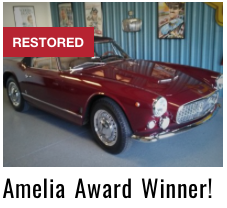 Legacy Motorcars, LLC. was founded by Tom Bungay, a professional in the collector car business with over 35 years of experience. At Legacy Motorcars they are experts at finding that special collector car that you’ve always dreamed of – and they may even have it in stock! Their experience in the collector car market will lead to selecting the finest and most suitable vehicle that meets your needs. Legacy Motorcars also has a pre-owned buyers service, to help you find the exact contemporary vehicle that you want and need, whether it is a slightly used Ferrari or an inexpensive car for your college-bound son or daughter. 2017 Amelia Island Concours d'Elegance Award WinnerAt the 2017 Amelia Island Concours d'Elegance tom's 1961 Maserati 3500GT Vignale Spyder was the winner of “BEST OWNER RESTORED” Trophy.
by Bernard Martin, Managing Director, Cortile Italian Car Show The 2017 Amelia Island Concours d'Elegance exemplified grace under pressure. With a 100% chance of heavy precipitation forecast for Sunday for the scheduled Concours d'Elegance and a sunshine-filled Saturday in the mix, Bill Warner and his team chose to move Sunday’s award-winning Concours to Saturday. No small undertaking. 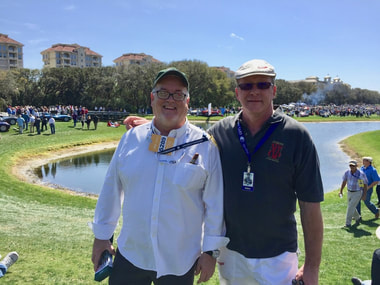 Cortile Cup Chief Judge Wayne Long and Cortile Managing Director, Bernard Martin at the Amelia Island Concours d'Elegance Cortile Cup Chief Judge Wayne Long and Cortile Managing Director, Bernard Martin at the Amelia Island Concours d'Elegance As I was having lunch on Friday with several other writers, I noted that I had heard that Warner and his team had come up with a "Plan B" back in 2000 if a weather event caused the the Concours to be moved. As happenstance would have it, one to the people at the table chimed in "I'm on the Board and THIS is Plan B. We are in it. There isn't a Place C. We'll see if it works" It's a momentous task shoehorning a full schedule of Saturday and Sunday events into one day. The Concours show would now coincide with Saturday’s "Cars & Coffee at the Concours presented by Heacock Classic Insurance". The entire Cars and Coffee show field had to be relocated to an adjoining field, transport staff had to move up plans for unloading Concours cars by a full day; with cars that where still en route! It required parking two different cars shows at the same time. Warner and his staff, according to rumor, had to make it all happen with 40% less volunteers who where only scheduled for a Sunday event. No small undertaking. It went off gracefully. It was a tremendous show. Warner and his team pulled a rabbit out of their hat while herding cats and looked great doing it! It also made the task of trying to see over 600+ cars in a short period of time just as daunting. Nevertheless, I was able to find some very nice examples of rolling Italian art on both the Concours and Cars and Coffee Showfield. The Best of Show - Concours de Sport: |
| Lamborghini PoloStorico was appointed a year ago to fully restore chassis #4846 to its perfect original state. The subject of exhaustive research, each detail of the Geneva show car has been respected rather than adopting later production SV parts. Shown in metallic green Verde Metallizata with tan leather, the restoration of #4846 by PoloStorico has included a complete restrip of the chassis and engine. Using photos and other archived historic documentation, every panel on the Miura has been returned to its original lines and angles and, following the original production sheet and records held by Automobili Lamborghini, every component restored or replaced. Expert Lamborghini craftsmanship and original Lamborghini parts have been used throughout, from bodywork to repainting the car in its original color, refurbishing the interior and overhauling the engine. | |
Ferrari 750 Monza
1954 saw the introduction of a new four-cylinder sports racer, the 750 Monza. Sporting a three-litre version of the 500 Mondial's engine, the Monza was much more powerful, with 250 hp (186 kW) available, but barely heavier at 760 kg (1675 lb). The new-style body was penned by Pinin Farina and presaged the droop-nose look of the famed 250 GTO, but it was Scaglietti's 750 Monza, with its faired-in headrest suggesting the flowing Testa Rossa that drew attention.
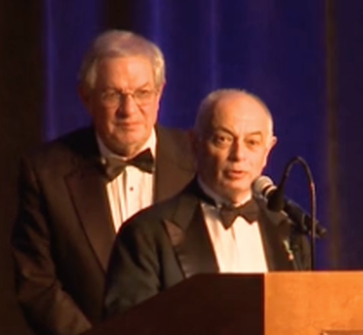
Auriana has also been President, Chairman of the Board and Treasurer of the Columbus Citizens Foundation which celebrates Italian-American Heritage. The organization produces New York’s annual Columbus Day Parade as part of the Columbus Week Celebration which is the world’s largest series of events that pays homage to Italian-American friendship, cooperation and culture.
"My collection is a tribute to the contribution of Italy to the automotive industry. It's much more than the red cars from Marenello. It's the red cars from Modena, the red cars from Milano, Torino. It's Abarth, Moretti, Stanguillini... My cars are a tribute to a group of Italians that made an important contribution to the automotive industry in the 20th century. The Great designers, engineers, and sportsmen who raced these cars and we hope to share those cars with all of you"
Perhaps one of the most recent and important awards is the Lee Iacocca Award he won at 2014 Amelia Concours d'Elegance. The Lee Iacocca Award was established to recognize outstanding classic car enthusiasts and is given for "Dedication To Excellence In Perpetuating An American Automotive Tradition". The award celebrates auto enthusiasts on multiple levels, including character, community involvement, integrity and a level of excellent presentation of their vehicle. Larry Auriana certainly embodies all of that.
According to Auriana,
1933 Alfa Romeo 8C 2300 Monza Spider Corsa
This 8C 2300 2.6-liter Monza Corsa Spider was delivered to Tim Birkin on April 19, 1933, just days before the 1933 Monaco GP. It is known that Tazio Nuvolari drove an undocumented new Monza to a spectacular victory in Monaco that year, many believe this is the car he drove, but no direct connection with 2211125 has ever been proven or disproven. It did race in June 1933 at the GP de Frontieres at Chimay, driven by Clifton Penn Hughes where it finished second, then a week later driven by Captain George Eyston in the French GP at Montlhéry with a respectable third place.
A decade later in 1978, it was acquired by Paul Grist, who began a comprehensive restoration that emerged mechanically fresh, but with a gently aged patina. It was sold in 1991 to the late Terry Cohn, a consistent competitor and participant in historic events around the world.
Auriana bought the car in 2002 and it participated in the 2007 Mille Miglia with co-drivers Italian Navy Admiral Giovanni Vitaloni and Joseph Colasacco.
From 1931 through 1937, Alfa Romeo Monza sports cars dominated road racing. The 8c 2300 featured a 2300 cc in-line eight-cylinder engine and was designed by Vittorio Jano and was crowned a supreme feat of engineering by the foremost drivers of the day — Nuvolari, Borzacchini, Varzi, Campari, Brivio and Trossi — all of whom raced the Monza. The Alfa Romeo 8c 2300 acquired the "Monza" designation after Nuvolari drove the car to his 1932 Italian Grand Prix win in a race in Monza, Italy.
Only a handful of the Alfa Romeo 8C 2300 sports cars are known to have survived the gruelling demands of road racing in the mid-20th century. They are among the most highly sought after cars in the world.
1953 Alfa Romeo 6C 3000 CM
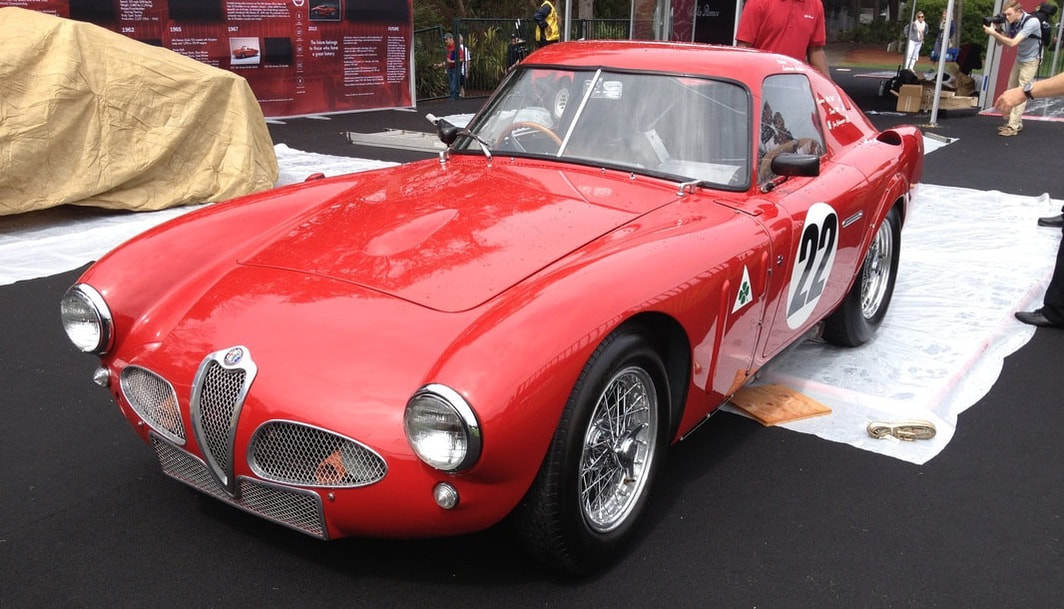
One of the factory’s engineers, Giuseppe Busso, got the job. From Alfa’s stock he found a donor car with chassis no. AR * 1361.00126. This was a Berlinetta, with a body of Colli. The car had driven 24 hours of Le Mans in 1953, in fact the last time Alfa Romeo officially participated in the race. The driver at the time was none other than Juan Manuel Fangio, another Argentine connection to the car. Allegedly, Fangio had later damaged the car violently. Busso had to remove the body and begin a major restoration work on the chassis. Then it was transferred to Mario Boano, whom would create a new body on his carozzaria Boano.
In August 1970, noted Alfa Romeo collector H.W. Wessells brought the 6C 3000 CM back to life was when he bought it from Ed Bond of the Vintage Car Store in Nyack, NY. The second revival started after Wessells totaled the Boano Berlinetta racing it in the 1984 Pittsburgh Vintage Grand Prix. He decided to restore the CM in Italy with Salvatore Diomante of Autocostruzioni S.D. at Nichelino who returned to its original Colli Coupe body design.
This car was called “Tipo 6C 3000 CM” where CM does not stand for Campionato del Mondo, nor for Competizione Maggiorata, nor Corte Maggiore but stands for “Cilindrata Maggiorata” because of its increased (maggiorata) displacement (cilindrata).
Mr. Wessells sold this car to current owner, an Italian car collector for whom both the late Phil Hill, son Derek Hill and Joe Colasacco have driven at Monaco, Le Mans, Goodwood and Monterey.
1968 Alfa Romeo Tipo 33/2 Stradale
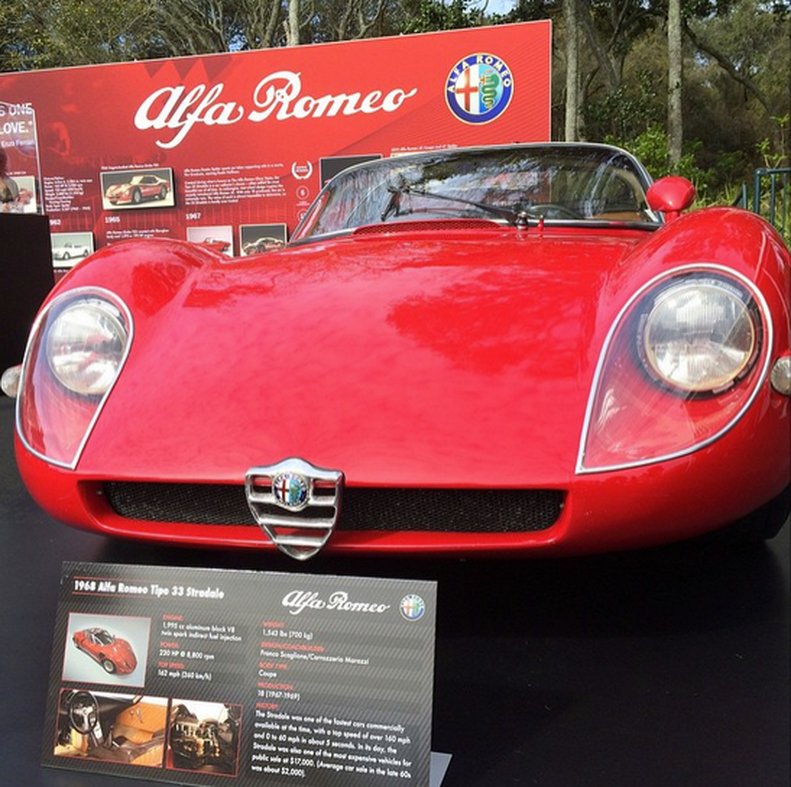
Designed by Franco Scaglione and built by Carrozeria Marazzi this spectacular car was based on the Autodelta T33 racecar at the request of the director of Autodelta, Carlo Chiti. Dubbed the Alfa Romeo 33 “Stradale” (road-going), it was first shown at the Sports Car Show in Monza in September of 1967. Built in an attempt by Alfa to make some of its racing technology available to the public, it was the most expensive automobile for sale to the public in 1968 at US$17,000.
The 33 Stradale is the first production vehicle to feature dihedral doors, also known as butterfly doors. The 33 Stradale also features windows, which seamlessly curve upward into the 'roof' of the vehicle. The car has aluminum body on aluminum tubular chassis. As a result of being built by hand, each model differs from the others for some details. For example, early models had twin headlights, replaced in the last ones by single lights. The position of the windscreen wiper, and even the number of them, is another thing that differentiates each example from the others. Also the late models have vents added behind both the front and rear wheels to allow hot air from the brakes to escape.
“In those days there was no speed limit in Italy and the police only stopped you out of curiosity. More often they would gesture you on: “Avanti, Avanti.” Once, on the autostrada to Venice, I ran it for 4km at its 10,000rpm rev limit in sixth. I clocked it at 180mph. Amazingly, below 150mph there was little engine noise, but past 160 it became really intense inside. The car was fantastically stable- even in crosswinds it still ran brilliantly straight.” Henry Wessells II, American motoring connoisseur and first private owner of a Stradale.
In another break from convention Alfa used, for the first time on a production car, a six-speed transaxle gearbox by Valerio Colotti. The car has 13-inch Campagnolo-made magnesium wheels and Girling disc brakes on all four corners, the rear ones are inboard type. Despite the wheel diameter being just 13 inches the wheels are eight and nine inches wide, front and rear. Suspension is like in mid-1960s race car with upper and lower control arms in front and double trailing arms in the rear, along with substantial antiroll bars.
Mr Auriana drove a 1972 Tipo 33/TT/3 In the 1972 Daytona Race
Maserati 250F
With 3 laps to go, fate intervened yet again and the Lancia-Ferrari driver suffered a broken steering arm as the car came off the final banking, coming to a stop sideways and out of control by the pits. Stirling was ahead yet again, on tyres that were down to the canvas casings, depsite this, he went onto win the race by six seconds from a fast closing Fangio in a time of 2 hours 23 minutes 41.3 seconds, at an average speed 129.73mph. Fangio’s second place, gave Stirling's former team mate yet another World Drivers’ Championship.
For Stirling, winning at Monza in an Italian car made up for loosing the 1954 race in the Mercedes streamliner, it also meant a great deal to the “tifosi”, the passionate Italian fans, who rightly viewed this victory as one of Stirling’s finest to date.
| | |
I had the unique opportunity to visit The Amelia Island Concour's d' Elegance and witness the unveiling of the new Lamborghini Huracán. To say that I was very impressed would be an understatement. Was I impressed by the car? Of course. But that was not what impressed me the most. I'll explain a bit on that later, but first a bit about the Huracán.
Back in 2010 Automobili Lamborghini S.p.A President & CEO Stephan Winkelmann said that the sports car market's top design priorities were "Top speed was number One. Acceleration is number Two and then comes handling," In the future "Handling is going to be number One. Acceleration is Two and Top Speed is number three" I must say that the Huracán appears to be the embodiment of that ethos.
| What's a Huracán? The Lamborghini Huracán LP 610-4 is the new sports car that replaces Lamborghini's sales leader and most produced car, the Gallardo. The Huracán made its Eurpean auto show debut at the 84th Geneva Motor Show that was held from 6th to the 16th March 2014 with a private press unveiling on March 4. It made it's private United States debut on Friday March 7th to VIP clients and it's public debut on March 9. Both the private and public US debuts happened at The Amelia Island Concour's d' Elegance. Note the dates. CEO Stephan Winkelmann did the unveiling in the US just a few days after Geneva unveiling. It would seem that the US is important to Lamborghini eh? |
"The fighting bull Huracán of the Spanish Conte de la Patilla breed was known for his outstanding courage and strong sense of attack. He fought in Alicante in August 1879, showing his unrelenting character and remaining defiant and invincible, thus entering into the legend of fighting bulls' history."
| Previous Lamborghini models have also been named after famous Bulls: The "Diablo, for example, derived its nameplate from a Spanish fighting bull bred by the Duke of Veragua that’s said to have battled the matador “El Chicorro” in a legendary 1869 fight that lasted for several hours. The Murcielago was named after a legendary fighting bull whose life was spared, as the story goes, after valiantly standing up to 24 jabs at the end of a matador’s sword in 1879. Its successor, the Aventador, was likewise named after a bull, in this case one was killed in a particularly gruesome fight in Saragossa, Spain in 1993" (Autoblog) |
"LP" stands for "Longitudinale Posteriore," which is a snazzy way of saying that it's a mid engined, longitudinally mounted motor (the crankshaft is oriented along the long axis of the vehicle, front to back). The Huracán motor is a V10, naturally aspirated 5.2 L. It's tuned for 610 PS (449 kW; 602 hp). The Huracán's top speed is over 202 mph (325 km/h). It can accelerate from 0 to 62 mph (100 km/h) in 3.2 seconds and from 0 to 124 mph (200 km/h) in 9.9 seconds. With a dry weight of 3,135 lb (1,422 kg), it enables a power-to-weight ratio of 5.1 lb (2.33 kg) per horsepower. The Huracán has electronically controlled all-wheel drive, which aims to increase the traction on various surfaces and the overall performance of the car. That "all-wheel drive" part is what that last "-4" means by the way.
As anyone who's met me for the first time near your car, you'll probably recall me asking you to "Tell me about your car" or "What do you like most about this car vs that car?" I've come to the realization that the only way to really know what's good or bad about a car is by what the aficionado's of a particular marque have to say about the macchina. To become a true aficionado, in my view, is to have driven and experienced the marque in detail over many years. (Yet another reason I miss Walt Spak.) So, of course, over the course of the weekend I asked those questions a lot. It was interesting to note that the shifting and handling of the Huracán seemed to be at or near the top of Lamborghini aficionado's first comments.
| The Lamborghini Doppia Frizione (LDF) is the name for the new 7-speed, dual-clutch gearbox controlled by paddle shifters under the steering wheel, The LDF got rave reviews by the aficionados! "It's just sooo much smoother than the Gallardo" "I even like it better than the Aventador and I love that" "It's just a dream!" where just some of the comments. Shifting is one of the very first things you need to do in a car after acceleration and steering, so it was noteworthy that so many spoke so very highly of this aspect. It would seem that that means that the new prospective buyers first driving experience is going to be extremely positive. That's probably going to translate into a hefty jump in sales volume as the Huracán is targeted to handle the attack on the McLaren MP4-12C and the Ferrari 458 in the marketplace. |
Attitude. You can always get a flavor for a company's culture by how that culture is reflected in the employees attitudes and responsiveness. It was the first time that I had had the opportunity to meet any of the Lamborghini corporate folks. When brands become as famous and world renowned as Lamborghini, I had half expected a bit of an arrogant panache. That was not at all what I encountered. I was introduced to numerous people within the company over the course of several days and found that, when chatting, each and every one took the time to answer questions and even find me later to say that they had either found out the answer or wanted to introduce me to the person that has just arrived who could give me the answer. THAT was impressive.
It's the kind of responsiveness and nimbleness you expect from a small start up company but certainly not from a company who's parent, Audi AG, sold 1.58million cars last year.
Back in 2010 CEO Stephan Winkelmann was asked "What are the key metrics to decide on the future?" He said, "Its about design and performance. These key elements are not going to change" ...as you might have expected, but he also said "We have meetings constantly about the business, it's a constant update even on the strategy because their is nothing fixed. You always have to think again, what you thought six months ago because the world is changing fast." That's the kind of thing that a lieutenant in the German Army who was a paratrooper would say, who understands the importance of speed, responsiveness and adaption to current urgencies. Ironic that Winkelmann was indeed a lieutenant in the German Army who was a paratrooper.
| I had the opportunity to introduce myself to Mr. Winkelmann and tell him about thePittsburgh Vintage Grand Prix and our Cortile Car Show. He wasn't just cordial. He wasattuned. I suggested that we would like to invite him to the Cortile to do an official unveiling of the Huracán for the Pittsburgh market and the newly formed Lamborghini Club of Western Pennsyslvania. I was, of course, referring to the car being unveiled as I wouldn't have expected him to visit. What I did not expect was for him to say "Let me see what my schedule looks like" Again, the responsiveness and attention to detail. I learned later about some anecdotal conversations that had happened related to Mr. Winkelmann's attention to detail about how the reveal was going to take place related to valve cap positions. The finer details are often overlooked by large companies and their top management. It's usually delegated to the minions to "handle it" but the Lamborghini culture seems to drive precision handling of each detail from top down. |
Huracán "...thus entering into the legend of fighting bulls' history"
Ferrari Club of America is currently celebrating a major milestone, its 50th Anniversary!
50 Anni di Passione Tour
Under the motto “50 Years of Passion – One Lap of North America”, a specially prepared 599 Ferrari relay car, sponsored by a private donor, is carrying a symbolic “baton” and is visiting all Ferrari Club of America (FCA) regions and chapters, every Ferrari dealer in the U.S. and Canada. This is a year one-year, 20,000-mile relay of North America and it's coming toPittsburgh for it's public stop before the FCA Annual Meeting!
| The relay began on August 17, 2012, at the Concorso Italiano in Monterey, California, and will end on August 4, 2013, at the FCA 50th Annual Meet at Road America in Elkhart Lake, Wisconsin, where the FCA was originally founded. Along the way the relay will visit the such prestigious locations as Amelia Island Concours d’Elegance, the Saratoga Auto Museum, AND the Pittsburgh Vintage Grand Prix! All FCA members are eligible to participate in the relay in Ferraris both old and new and should contact their regional FCA chapter’s director for information on how to participate. FCA’s designated charity for our year-long anniversary celebration is Ronald McDonald House which was chosen because it is a highly worthwhile organization, has a location in every one of the cities being visited on the tour and enjoys a very positive image. | |
Atribution
This is a compilation of articles from a variety of sources and contributors. Attrition and sources are always provided at the top and/or the bottom of the posting.
Archives
June 2024
August 2023
June 2023
May 2023
April 2023
March 2023
February 2023
January 2023
August 2022
June 2022
March 2022
February 2022
January 2022
July 2021
June 2021
April 2021
March 2021
July 2020
June 2020
May 2020
February 2020
June 2019
January 2019
May 2018
April 2018
October 2017
September 2017
August 2017
July 2017
June 2017
May 2017
April 2017
March 2017
February 2017
January 2017
October 2016
September 2016
August 2016
June 2016
May 2016
April 2016
March 2016
February 2016
January 2016
December 2015
November 2015
October 2015
September 2015
August 2015
July 2015
June 2015
May 2015
April 2015
March 2015
February 2015
January 2015
December 2014
November 2014
October 2014
July 2014
June 2014
May 2014
March 2014
July 2013
June 2013
January 2013
September 2012
July 2012
May 2012
August 2011
Categories
All
250-gt-lusso
50-anni-di-passione-tour
Abarth
Alex Wakefield
Alfa Romeo
Alfa Romeo Giulia
Alfa Romeo Giulietta Veloce
Alpine
Amelia Island
American Lancia Club
Amy Burns
Artist
Artist: Lyn Hiner
Auriana
Autobianchi
Auto Palace
Autovetture Piccole
Baierl Fiat
Bandini
Bernard Martin
Bertone
Bizzarrini
Bobby Rahal
Bugatti
Cavallino Rampante
Citroën
Concorso Italiano
Convention
Cortile
Cortile Cup
Cortile Della Corsa
David Adams
Derham-custom-body
De Tomaso
Dwight Knowlton
Elvidio Grande
Ferrari
Ferrari 166MM
Ferrari 250LM
Ferrari-308-gtb
Ferrari-328-gts
Ferrari Club America
Ferrari-market-letter
Ferrari NART 1512
Ferrari Of Philadelphia
Fiat
Fiat-club-america
Fiat-freakout
Formula One
Fred Simeone
Ghia
Giorgetto Giugiaro
Greenbrier Concours
Hahn-and-vorbach
Huracana110f686eb
IndyCar
Innocenti
Innocenti Mini
Insurance
Iso Autoveicoli
Iso Rivolta
Ivan Ruiz
Jason Moka
Jeff Mahl
John Campion
John Walko
Juan Manual Fangio
Kate Gundlach
Kelly Dietrick
Lamborghini
Lancia
Lancia 037 Rally Evo
Lancia 037 Rally Evo Group B
Lancia Beta Montecarlo
Lancia Delta HF Integrale 8V
Lancia Delta S4
Lancia Flaminia Gtl
Lancia LC1
Lancia LC1 Group VI
Lancia LC2
Lancia LC2 Group C
Lancia Stratos HF Works
Lanica Fulvia 1600 HF
LeMans
Little Red Racing Car
Luigi Chinetti
Mario Grande
Marque Of The Year
Maserati
Maserati-300o-gt-tc
Maserati-century
Maserati-of-pittsburgh
Mazza Winery
Miura
Monterey Historic
Monterey-motorsports
Muira
NART
N.A.R.T. - North American Racing Team
NART North American Racing Team
New York To Paris
Peugeot
Pitt FSAE
Pitt Race
PoloStorico
Proiettore Macchina
PVGP
Pvgp Racing
Ralph Gilles
Renault
Renzo Rivolta
Restoration
Rob Straw R7 Photography
Ron Lewis Alfa Romeo
Sergio Marchionne
Sergio-pininfarina
Sergio-scaglietti
Siata
Sponsor
Stanguellini
State Farm
Stephan-winkelmann
Test Drive
Through The Gears
Tom Bungay
Tom Frasca
Tom Tjaarda
Vintage Racing
Walt Spak
Wayne Long
Westinghouse Memorial
Wine On Nine

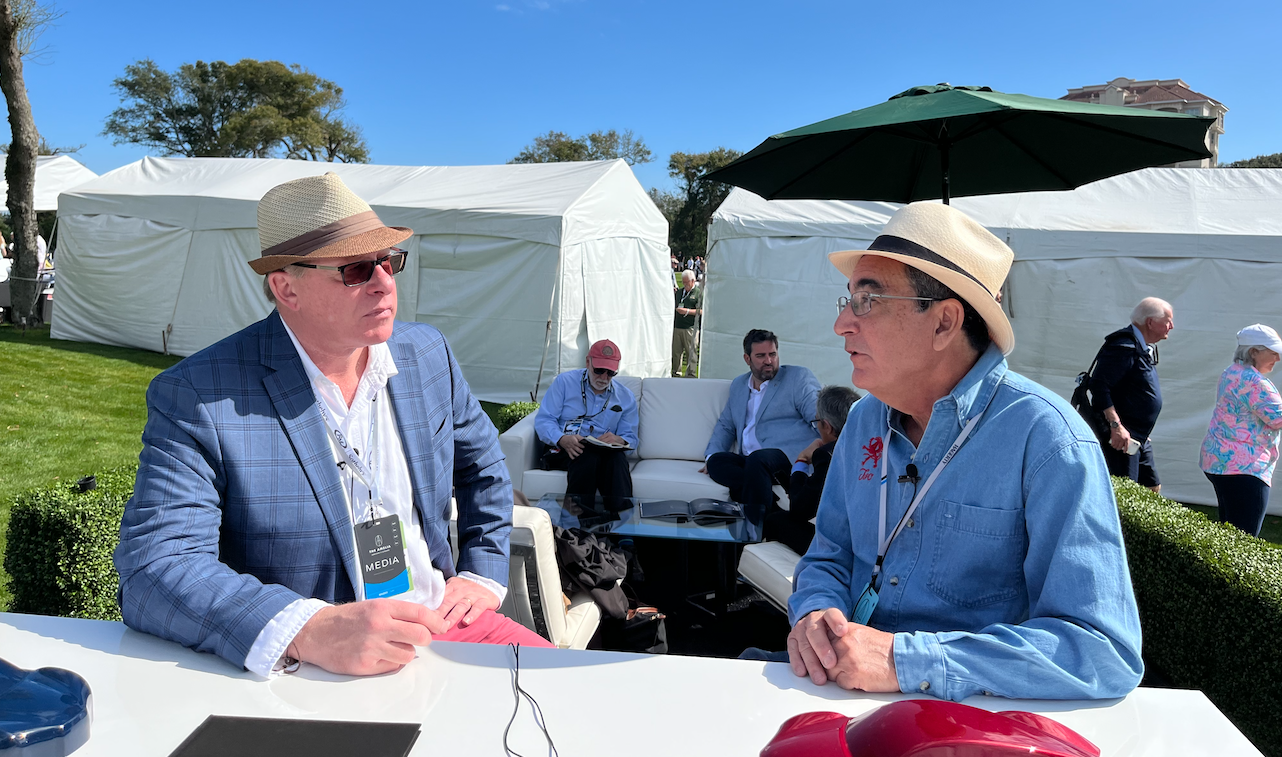
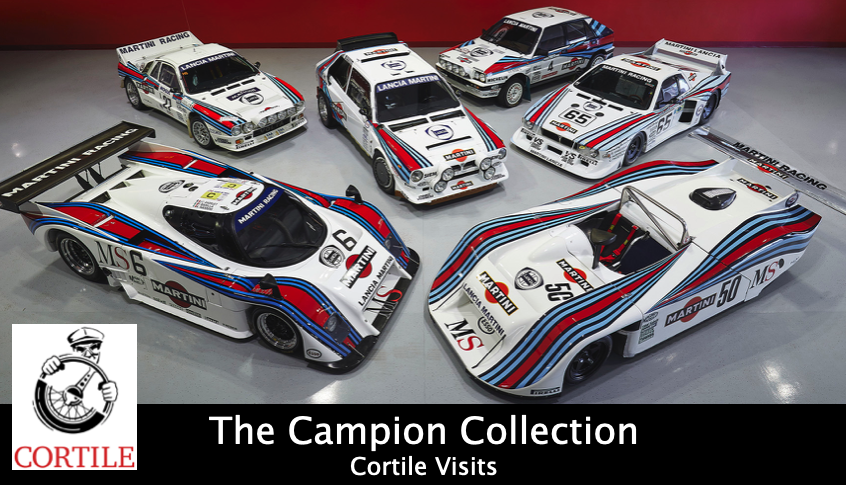
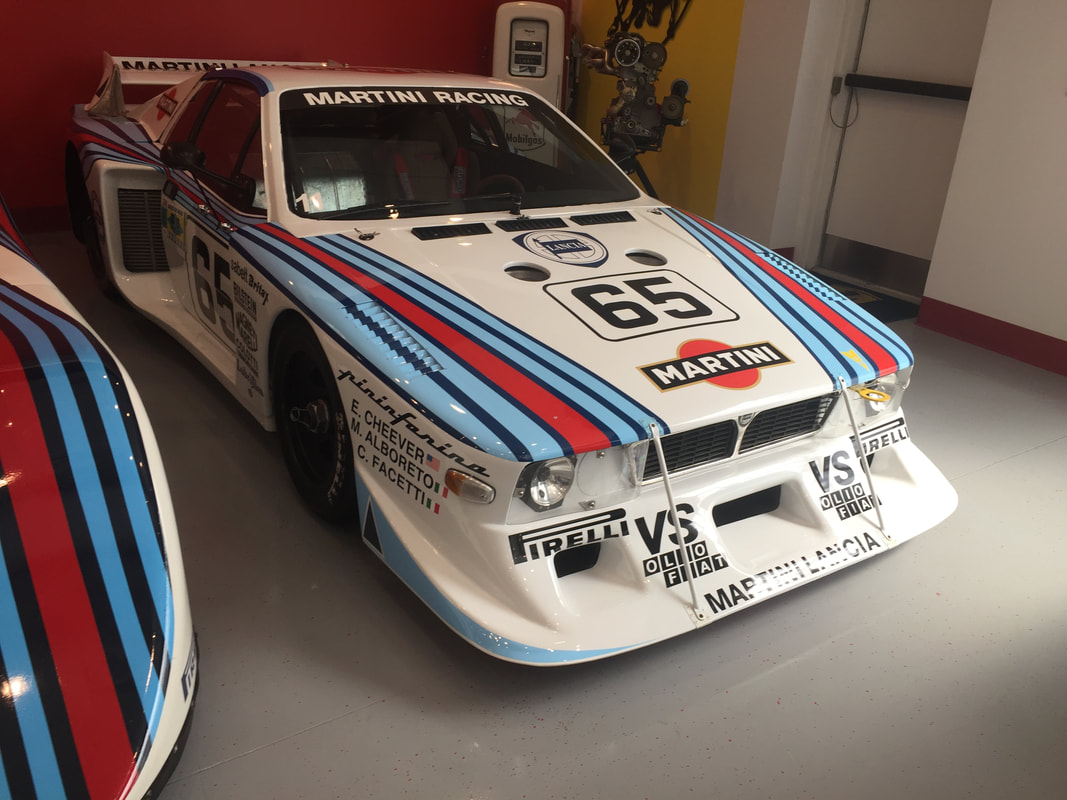
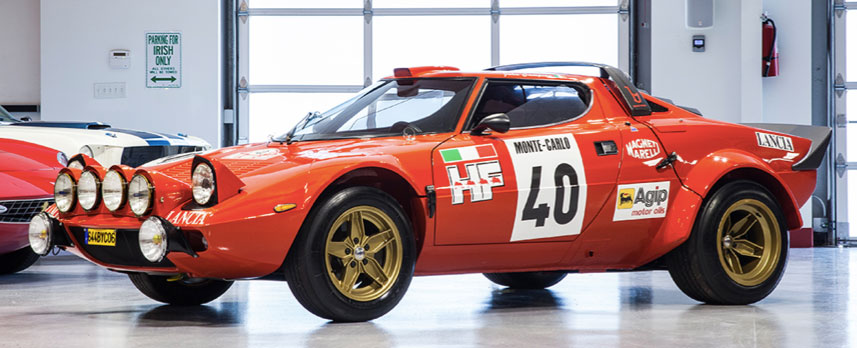
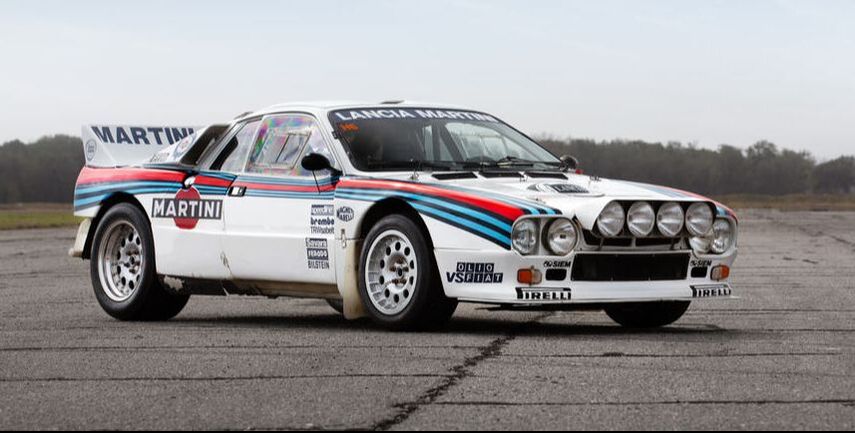
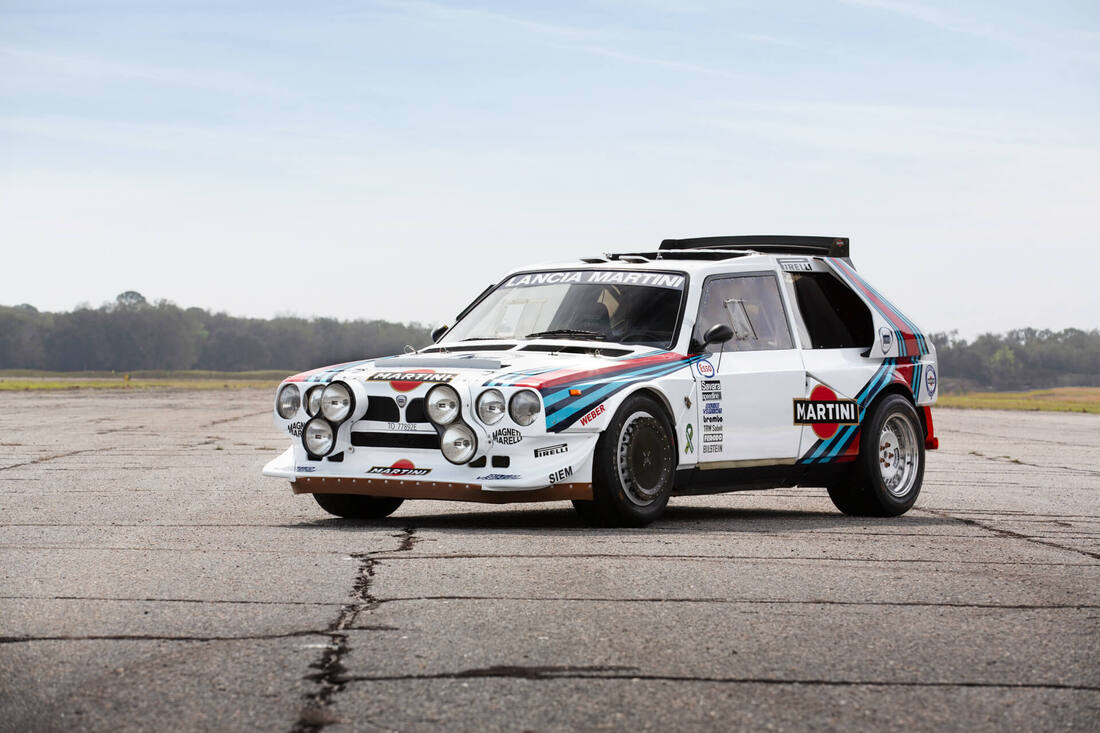
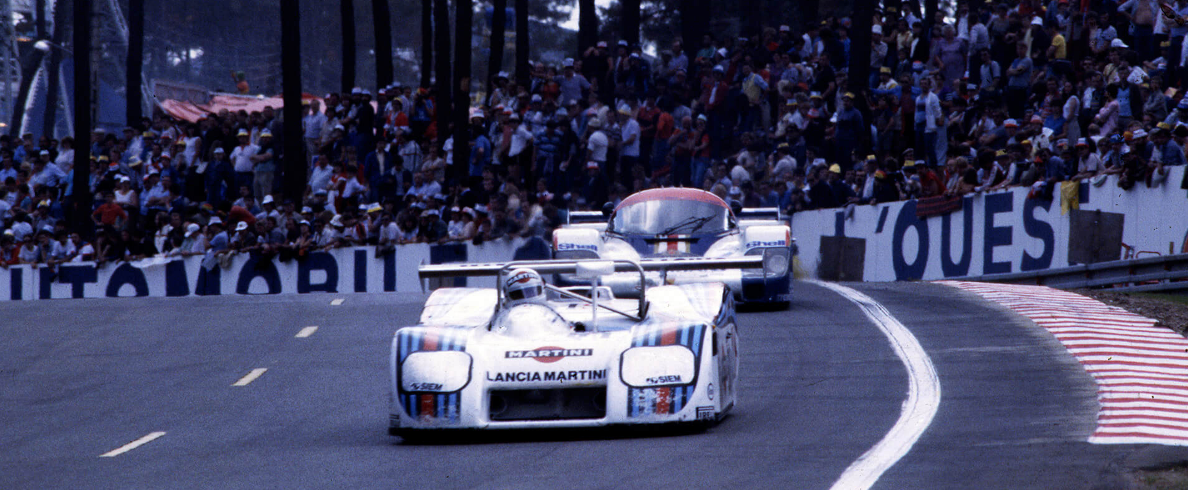
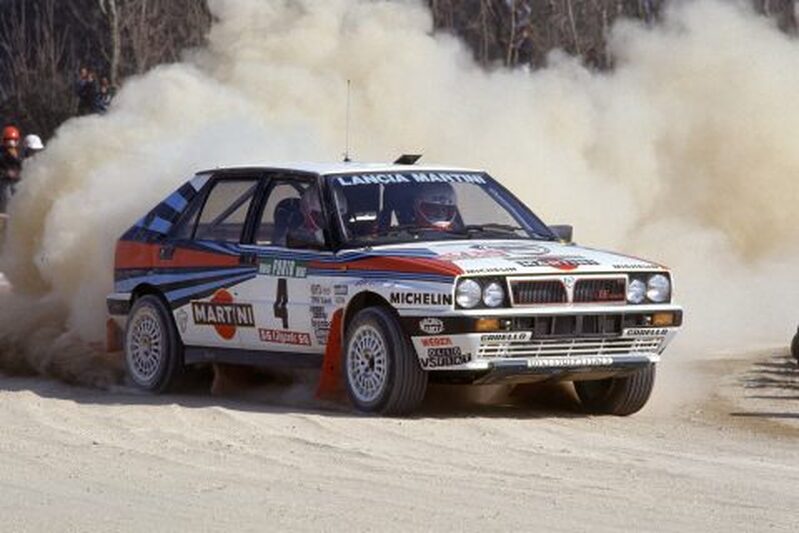
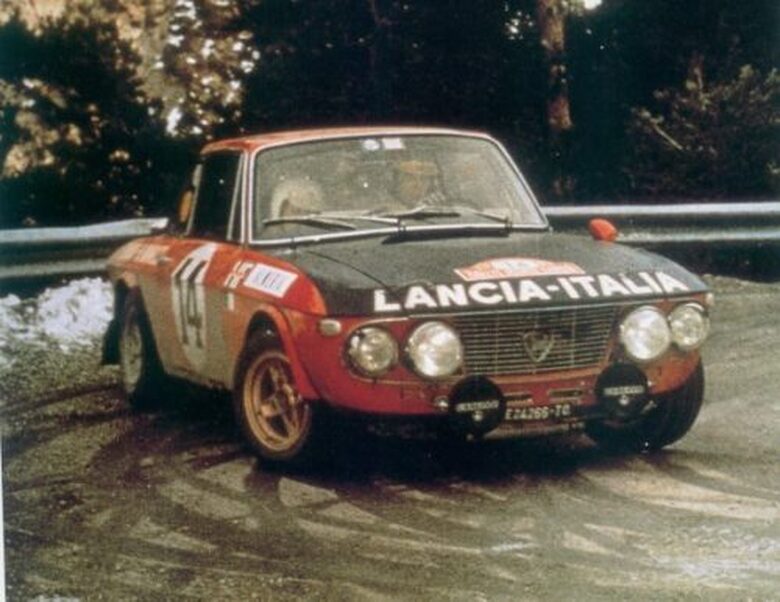
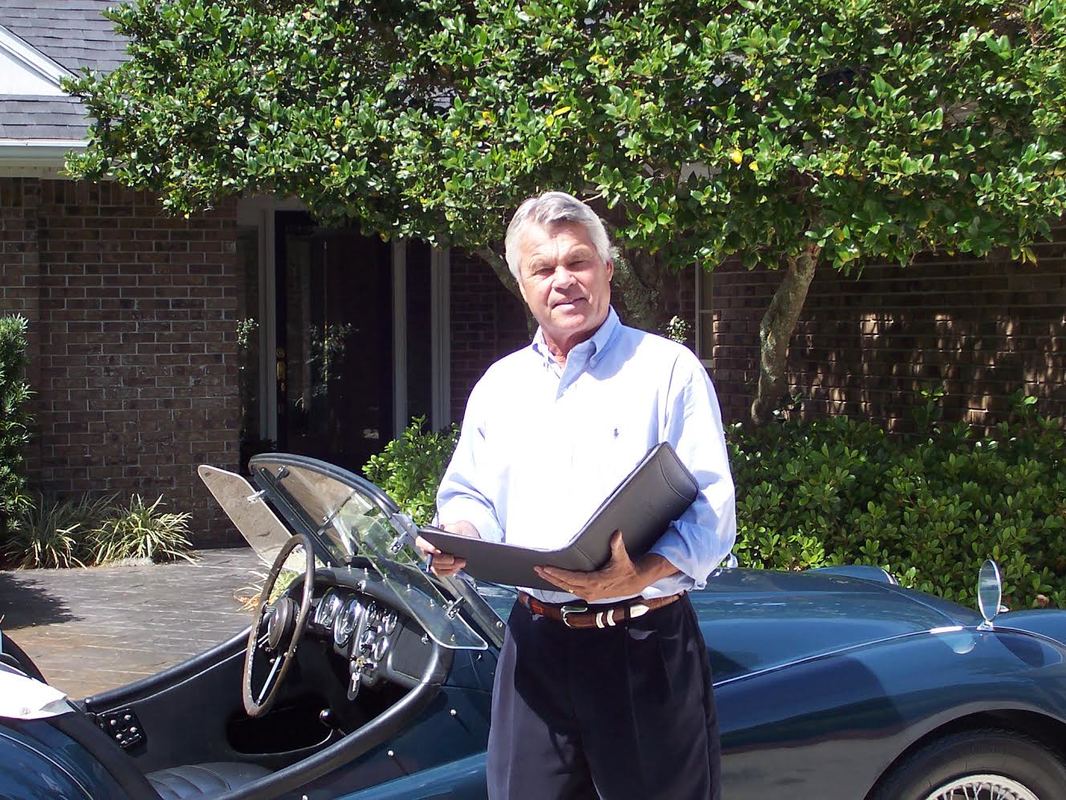
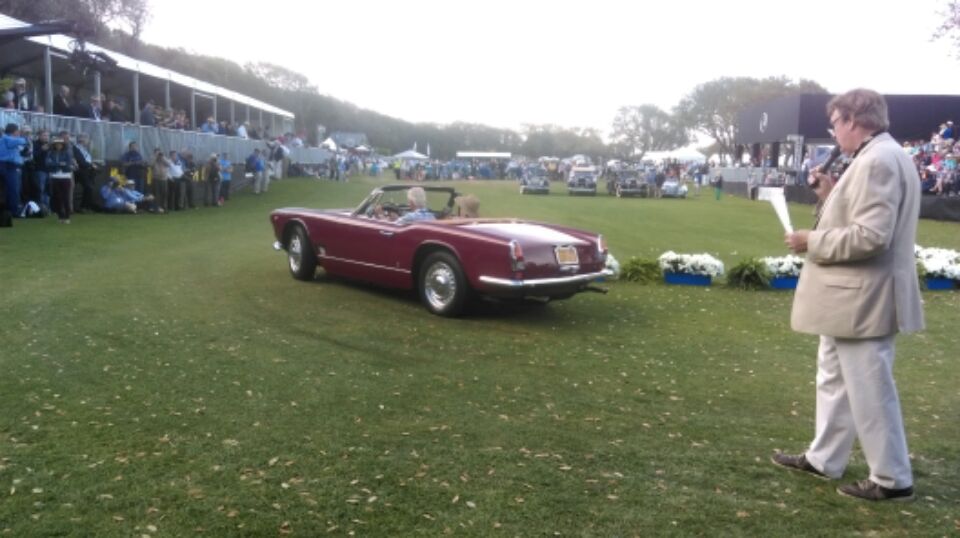
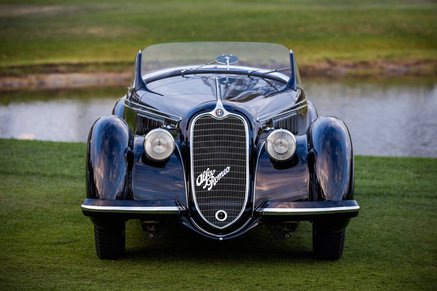
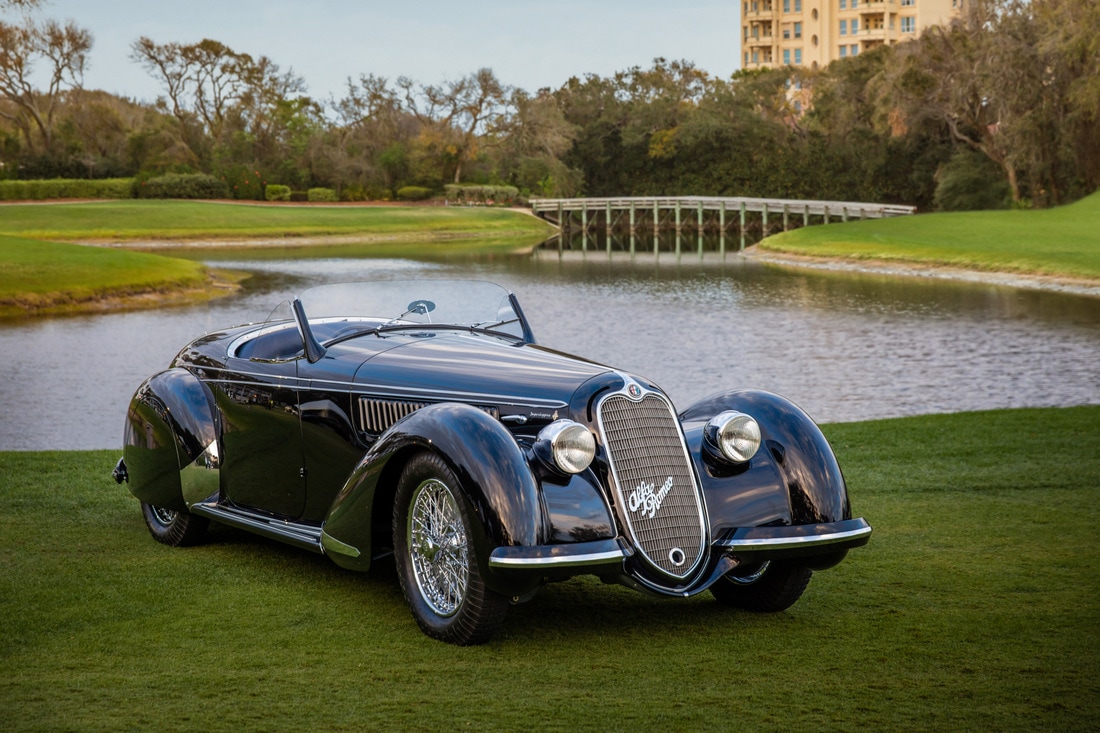
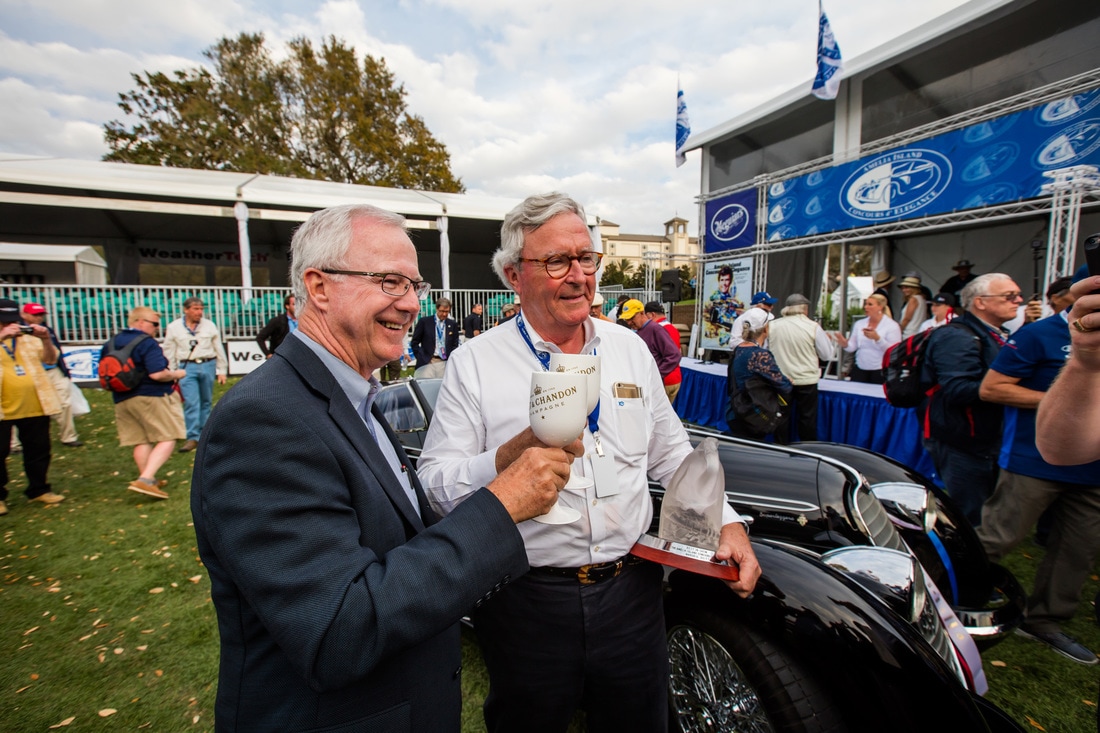
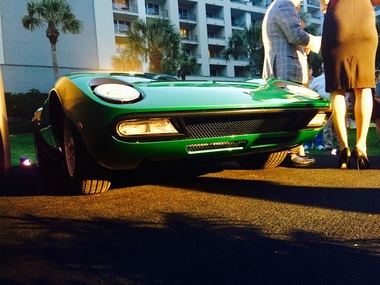
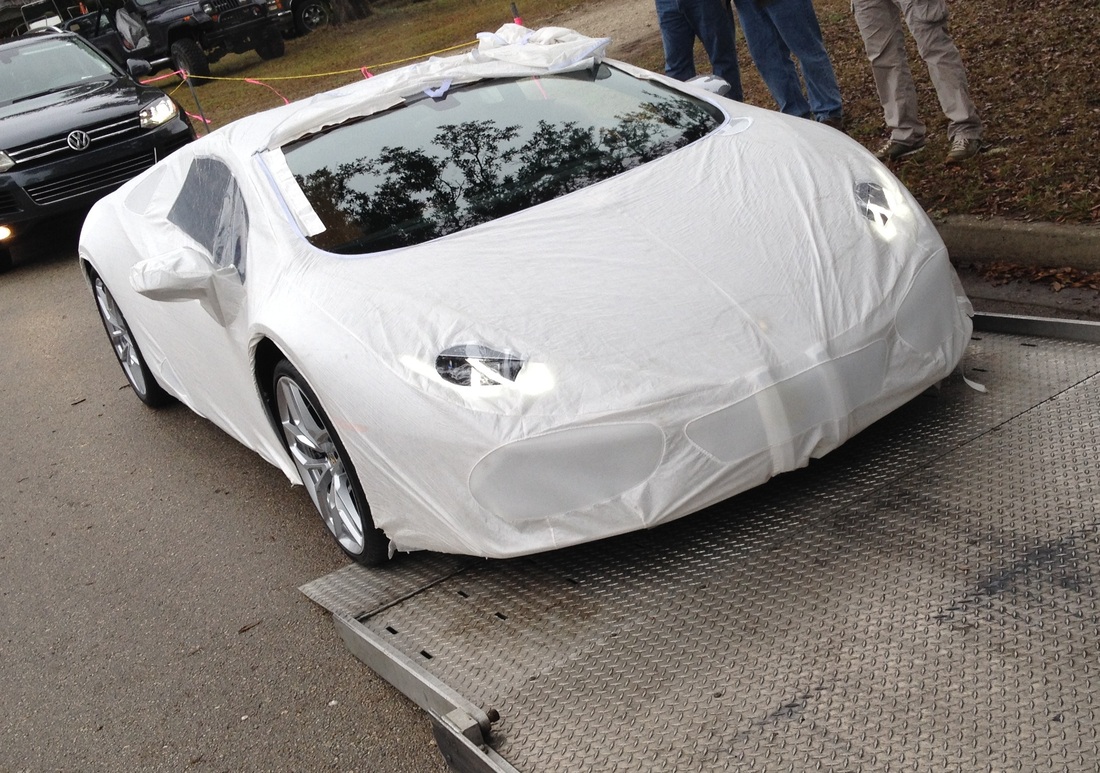
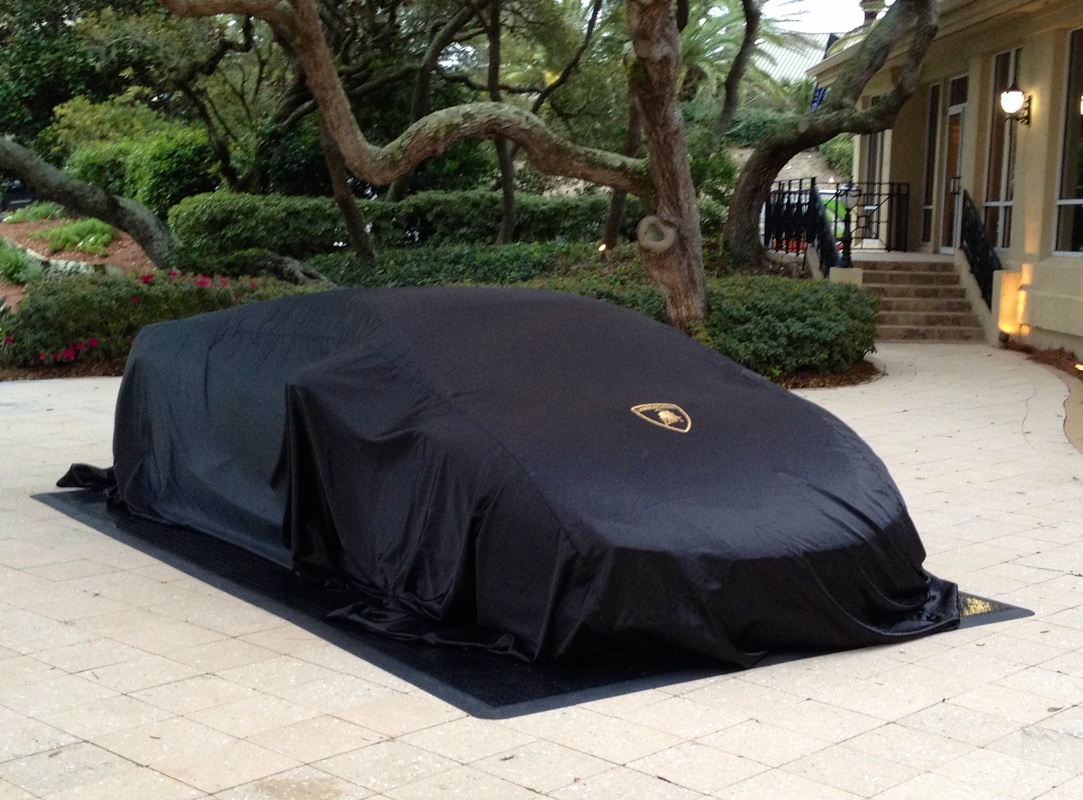
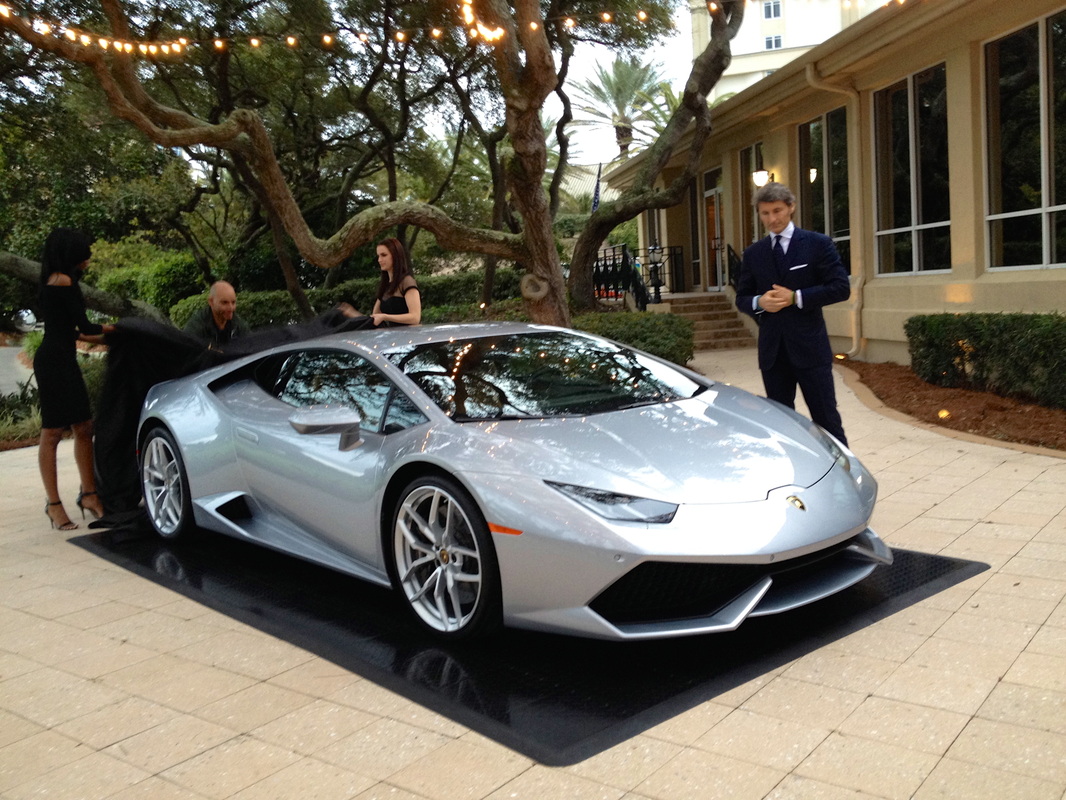
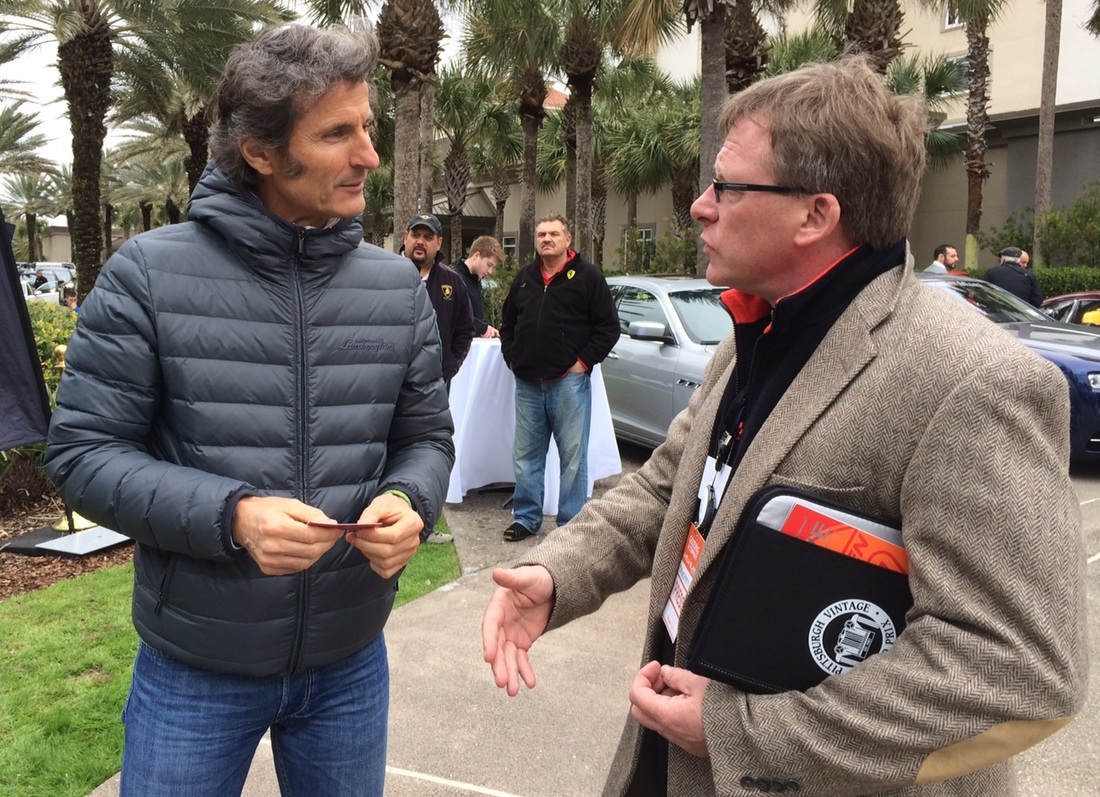
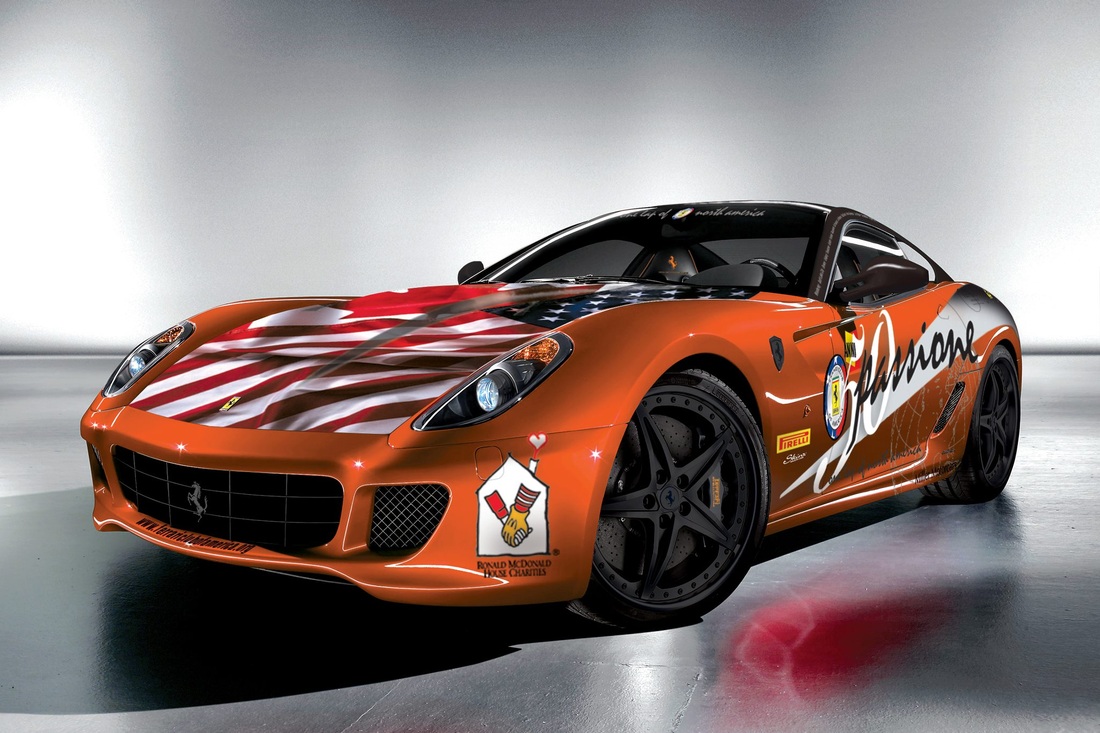
 RSS Feed
RSS Feed
